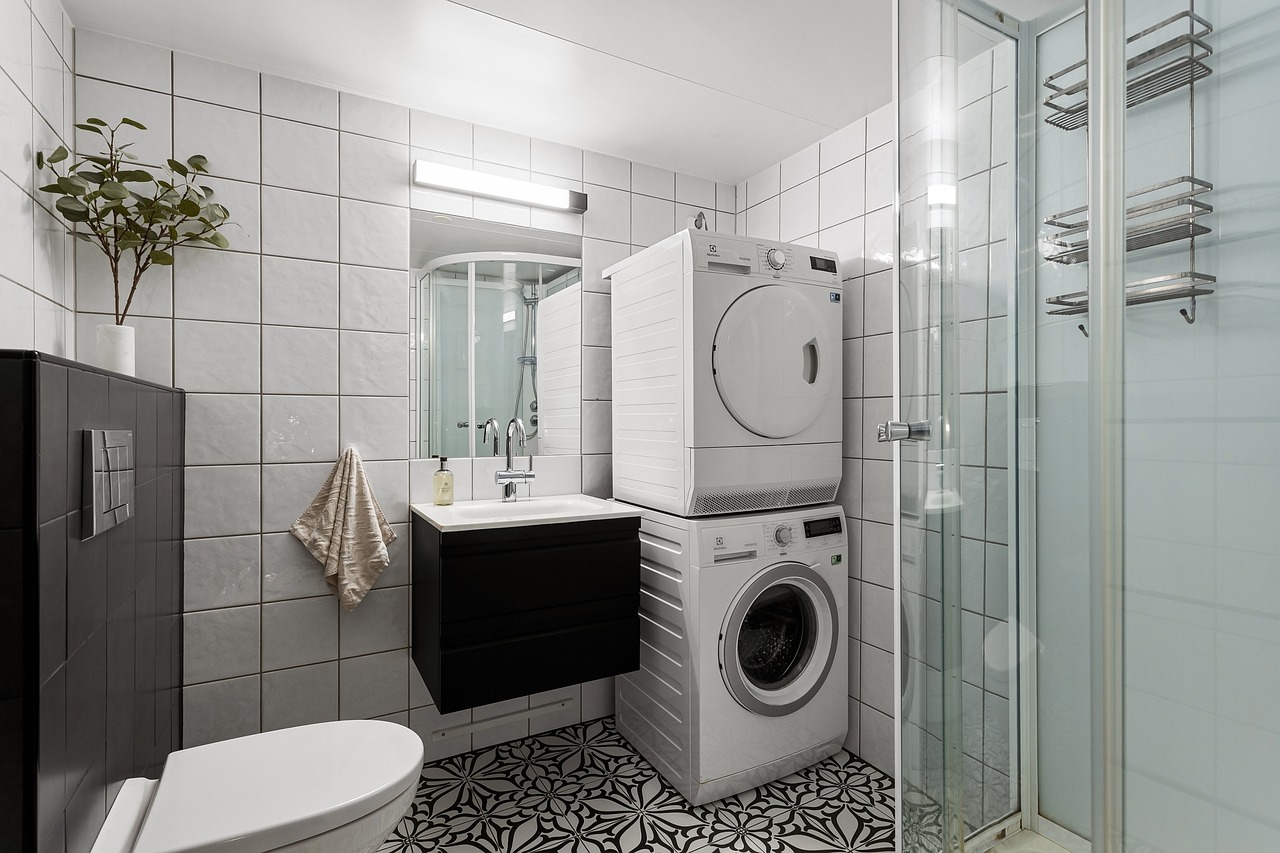Building a Sustainable Garden: Tips for Eco-Friendly Landscaping
When embarking on the journey of creating a sustainable garden, it is crucial to begin with a well-thought-out plan. Start by assessing your space – consider factors such as sunlight exposure, soil quality, and existing vegetation. This evaluation will help you determine which plants will thrive in your specific environment, reducing the need for excessive maintenance and resources.
Next, outline your goals and priorities for the garden. Are you looking to attract pollinators, grow your own food, or simply create a beautiful outdoor space? By setting clear objectives, you can tailor your garden design to meet your needs while also promoting sustainability. Consider incorporating elements such as composting bins, rainwater collection systems, and native plants to minimize waste and support local biodiversity.
Choosing Native Plants for Your Eco-Friendly Landscape
Native plants play a crucial role in creating an eco-friendly landscape that is not only sustainable but also supports local wildlife. By choosing plants that are native to your region, you are helping to preserve the natural ecosystem and reduce the need for excessive maintenance. These plants are well-adapted to the local climate and soil conditions, making them more resilient to diseases and pests.
When selecting native plants for your landscape, consider their specific requirements such as sunlight, water, and soil type. By matching the plants to the existing conditions in your garden, you can create a low-maintenance and thriving ecosystem that benefits both the environment and your property. Additionally, native plants often have deep root systems that help prevent erosion and improve soil health, further contributing to the sustainability of your landscape.
Implementing Water Conservation Techniques
To reduce water usage in your garden, consider installing a drip irrigation system. This method delivers water directly to the base of plants, minimizing evaporation and runoff. Additionally, incorporating mulch around your plants can help retain moisture in the soil, reducing the need for frequent watering.
Another water conservation technique is to collect rainwater in a barrel or container to use for watering your garden. This sustainable practice not only helps reduce water consumption but also provides a natural source of nutrients for your plants. Additionally, planting drought-resistant species can help minimize the amount of water needed to maintain a healthy garden.
• Installing a drip irrigation system can minimize evaporation and runoff
• Incorporating mulch around plants helps retain moisture in the soil
• Collecting rainwater in a barrel for watering reduces water consumption
• Rainwater provides natural nutrients for plants
• Planting drought-resistant species minimizes water usage
How can I create a plan for a sustainable garden?
To create a plan for a sustainable garden, start by assessing your water usage, choosing drought-tolerant plants, and implementing water-saving techniques such as drip irrigation.
Why should I choose native plants for my eco-friendly landscape?
Native plants are adapted to the local climate and soil conditions, requiring less water and maintenance than non-native plants. They also provide habitat for local wildlife.
What are some water conservation techniques I can implement in my garden?
Some water conservation techniques you can implement in your garden include using mulch to retain moisture, collecting rainwater in a barrel for irrigation, and installing a drip irrigation system to water plants directly at their roots.
How can I ensure that my water conservation efforts are effective?
To ensure that your water conservation efforts are effective, regularly monitor your water usage, adjust your irrigation schedule based on weather conditions, and repair any leaks in your irrigation system promptly.







